Whether you’re doing a three-pitch free climb or a 3000-foot big wall, multi-pitch climbing is all about efficiency. Every little time-saving action, every slightly more streamlined step, adds up to saving you precious hours—it’s the difference between climbing the last hundred feet of 5.9 offwidth by headlamp and topping out to a perfect sunset and sipping a beer by dark.
Climbing quickly isn’t just a matter of moving faster on each pitch—it’s all about increasing efficiency at the anchors.
Enter the Double Figure Eight, known fondly as the “Bunny Ears.” This knot has a range of useful applications, but where it really shines is its ability to get you tied off and equalized to a two-piece anchor more efficiently than any other option out there.
Whether that anchor is two bolts or two cams, you can use this knot to get yourself quickly clipped in and safely off belay. The knot also has the benefits of being dynamic (less force on the anchor) and creating a “master point” spot to clip a locking carabiner for belaying up your second in an auto-blocking belay device situation.
The “ears” of the Bunny Ears can be adjusted so that the anchor is perfectly equalized.
But best of all, no matter how much load you put on the Bunny Ears, it will untie easily. This attribute makes the Bunny Ears great for clipping a jugging line to an anchor or even for clipping the haul line to the haul bag. Here’s how you tie it:
Step 1
Tie a figure eight on a bite, making the loop part of the knot very long, two feet at least.
Step 2
Take this loop and feed it directly back through the knot (the same part of the knot where the loop is coming out of). Note how two “bunny ears” start forming during this step.
Bunny ears:
Step 3 Continue pulling the loop through, enough to bring it back up and over itself, right over the bunny ears. 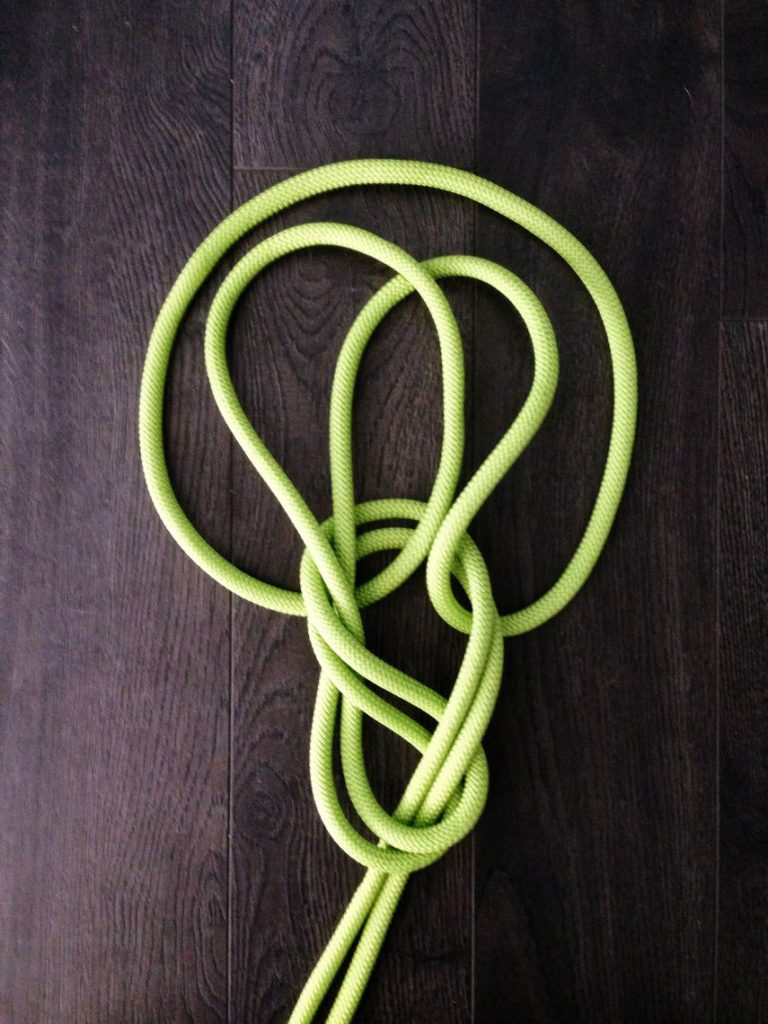
Step 4
Dress the loop by bringing it down to the base of the knot. Pull the bunny ears tight and out.
Step 5
Clip each bunny ear to an anchor point! Voila! Assuming your two anchor points are solid, you’re now off belay.
Step 6
Adjust the bunny ears so that the knot is perfectly equalized. This involves feeding rope into the knot, or out of it—experiment by seeing which side of the ears you have to pull in or push through.
Step 7 Know how to create a master point. If you’re going to belay the second up, you can clip a locking carabiner through the ear holes of both bunny ears and belay your second using an auto-blocking style of device. If you’re swinging leads, your second can simply clip himself into this point through both bunny ears. Master point: There you have it: a solid, safe knot that is easy to untie and even has a master point for clipping a locking carabiner.


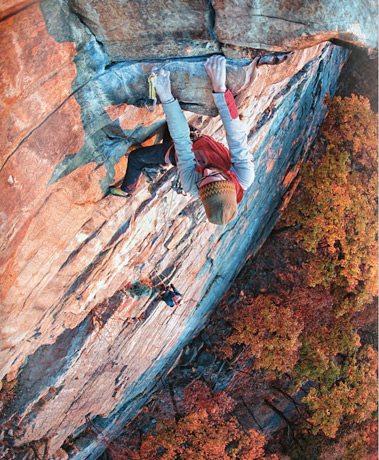

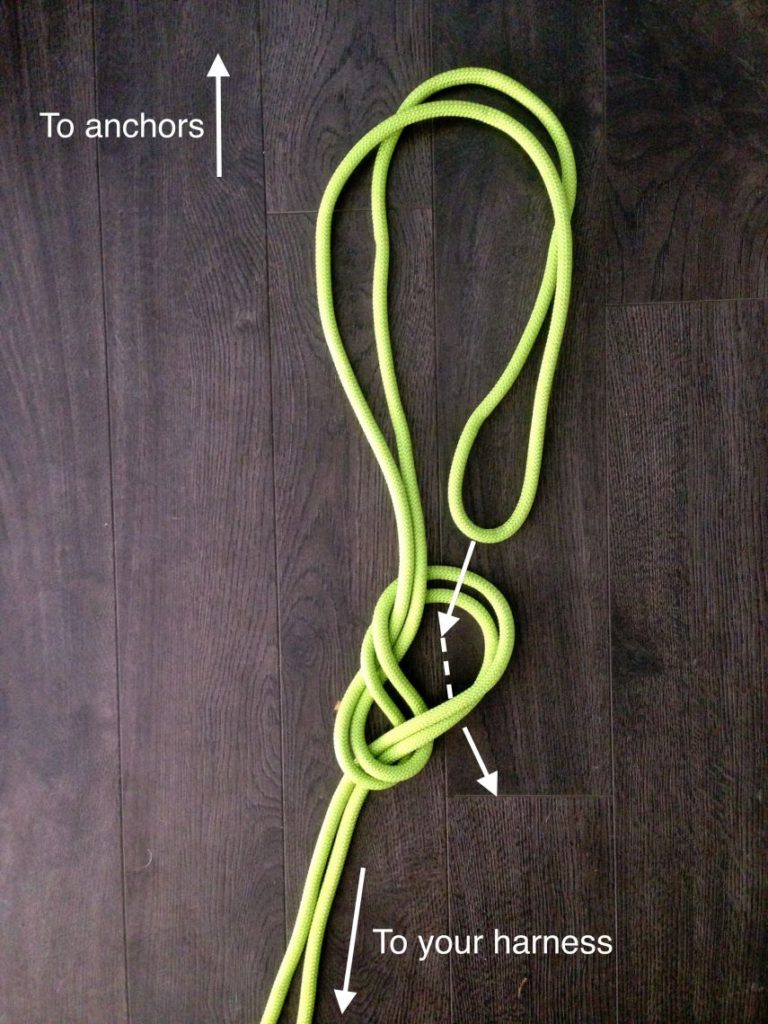

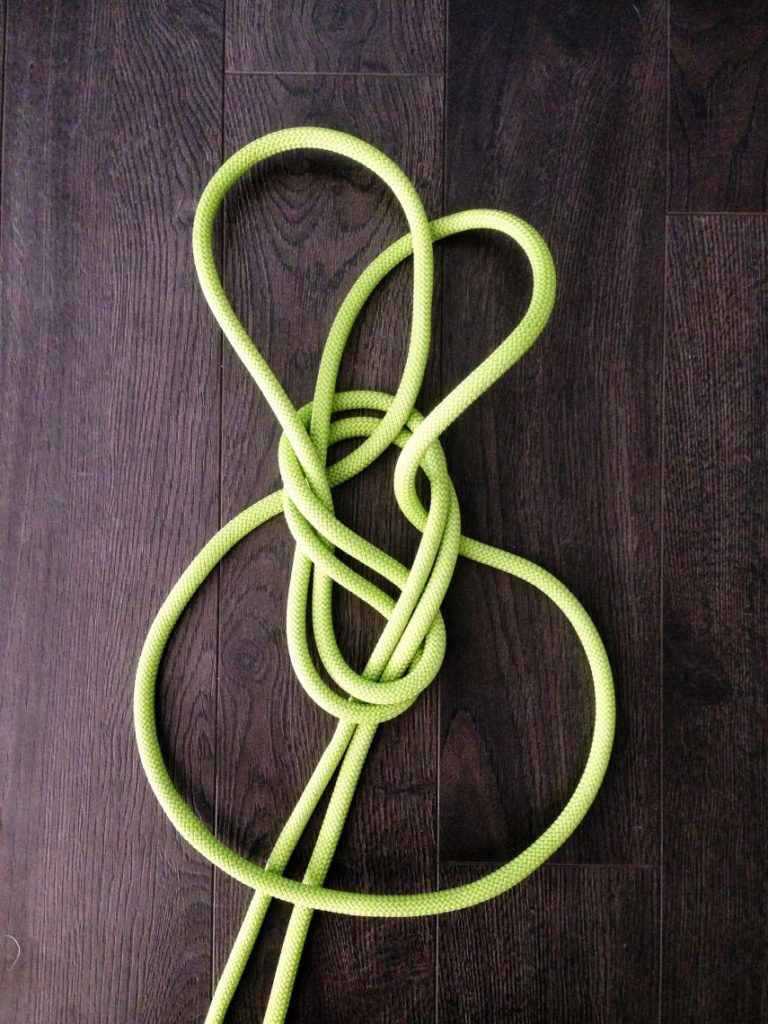
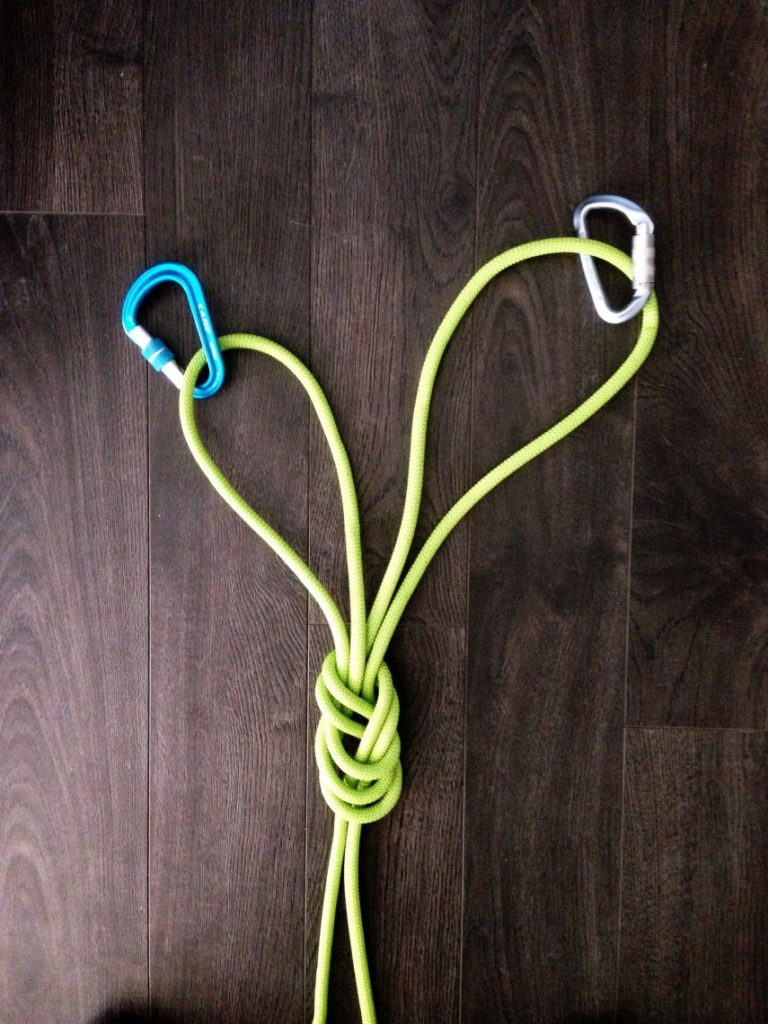


I frequently use these knots for fixing a line at the mid-point for solo toproping. In “Rock Climbing Anchors: A Comprehensive Guide” by Craig Luebben, there’s mention that a bowline on a bight is more redundant than the double-loop figure-8…do you have any additional info on this?
Ryan, the reason a double loop 8, the bunny ear knot above which is also often called a bomber 8 or a super 8, isn’t considered redundant is because if one of the bights were to be cut the other bight is compromised too (both bites are really one and the strands of the bight are not captured in the initial 8). Whereas if you tie something like a BHK all the strands are captive in the knot itself. The real advantages of the bomber 8 are the two bights and the dynamic nature of the knot. If a placement fails it shouldn’t be a big deal (especially if you’re clipped into the two bights, as this keeps either from coming out) but if somehow one bight were to be cut (not sure how that’d happen) you could be screwed.
Not necessarily – watch this test: https://youtu.be/P5qDr3qYZ9o
This is an awesome knot – no doubt. doesn’t it have a few major short comings though?
1. It *forces* a swing lead – otherwise things get messy and you have to retie (this is my chief issue)
2. It’s a good way to put a lot of extra wear on the tails of your rope.
3. Is it really faster than a sling or cord? surely in some cases with really weird bolts or widely spaced gear it is but most of the time it’s click.click.overhand.done.
Genuinely curious what others think. excellent post. Excellent knot. For me it’s more a knot that I keep in my bag for when the situation demands it or, really, I forget some gear.
Tend to agree with you, though regarding your chief issue, you probably already have a good idea wether you are swinging or blocking. Even if you don’t, the second could anchor in with their own double fig 8, re-stack the rope, and the leader could be on their way.
I think the biggest problem is that using the rope as the anchor creates a situation where escaping the belay and/or organizing any sort of self rescue becomes more problematic… or more time-consuming, at least. Were any extraordinary circumstances to arise, a belayer would likely end up creating an independent anchor anyways.
The cordelette has many advantages (redundant, quick equalization, independent anchor, useable MAP and shelf) and very few, if any, drawbacks. Furthermore, many time saving practices– especially while tearing down belays– can be employed to essentially negate any minor time advantages the double figure 8 has over it.
Thanks, great comment!
I agree with this comment save one reality: the advantages to using cordelette are similarly only as safe as the person’s willingness to use it correctly — chiefly to equalize it properly. Otherwise cordellete is arguably *more* unsafe- witnessed by the 2-3 deaths reported in ANAM due to failure to set up belays properly with correctly equalized and redundant cordelette.